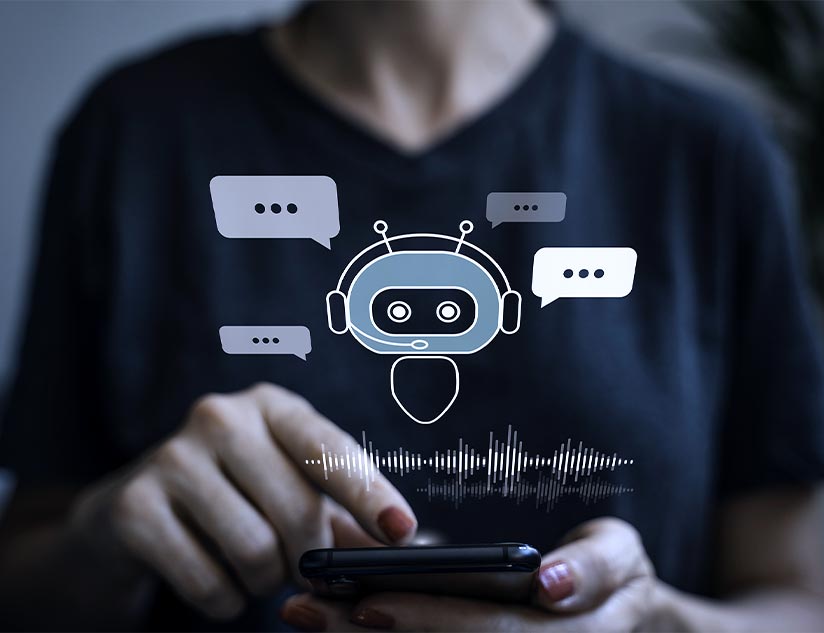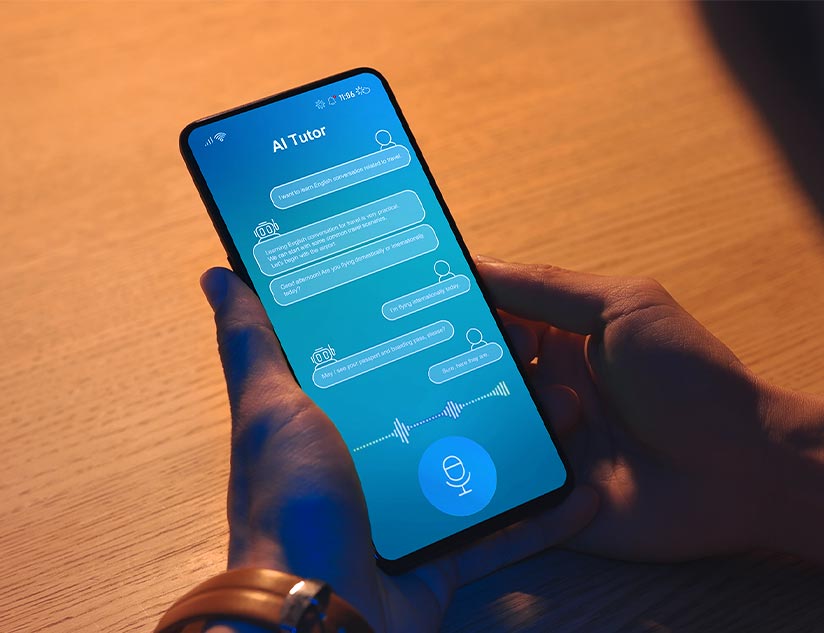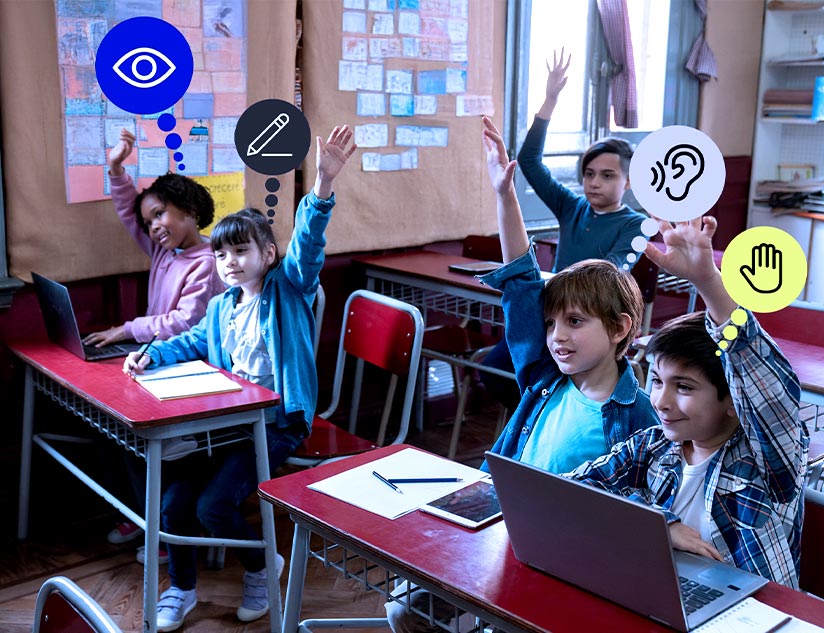Technology has penetrated every aspect of our lives, from grocery shopping to driving a car. But digital technologies have had the most profound impact on society by influencing how education is imparted. They have helped teachers reach remote students, improve pedagogy and instruction, automate repetitive tasks, and more. The emergence of AI has opened new avenues of growth for educational publishers by helping them elevate teaching and learning experiences. AI learning assistants are a crucial addition to educational technology suites, an innovation that promises to revolutionize self-directed learning. Educational publishers can leverage AI learning assistants integrated into digital learning platforms to bolster student engagement and offer personalized learning experiences.
All You Need to Know About AI Learning Assistants
AI learning assistants are advanced tools to aid learning by offering streamlined experiences to support students’ journeys. They serve diverse purposes, such as:
Uninterrupted Interactive Learning
These interactive tools are available 24/7 to ensure uninterrupted learning, even in the absence of a teacher. Contextual conversations make these interactions more realistic and immersive, improving learning effectiveness. These AI-powered chatbots are useful in K-12 education, especially at the lower and middle levels, where students often need continued and proactive support. AI learning assistants offer immediate help, observing student behavior to deliver the most relevant response.
Personalized Support
AI-powered assistants offer personalized learning support to students. These tools identify the unique needs of learners and recommend/share direct links to relevant resources. They assess students’ learning behaviors, and preferred interaction mechanisms to offer content recommendations. This saves the student’s time and energy that would otherwise be spent searching for relevant content. This time can then be more fruitfully utilized for skill and knowledge acquisition. Digital platforms with multilingual AI learning assistants further personalize learning experiences by providing responses in the student’s preferred language. This directly impacts student engagement with the learning platform and materials.
Real-Time Feedback
AI learning assistants support teachers with automated evaluations, grading, and real-time feedback. Students receive actionable feedback and recommendations of learning resources to improve their academic performance. This helps bridge learning gaps and enhance overall skill and knowledge acquisition.
Reduced Administrative Work
Digital learning platforms reduce the administrative workload, such as rostering, student and class report generation, assignment allocation, etc., for teachers. Integrating AI assistants with digital learning platforms streamlines workflows, including content authoring, assessments, learning resource allocation, assessment and assignment scheduling, etc. This frees teachers’ valuable time to focus on more important activities, such as offering individualized support.
Predictive Intervention
AI learning assistants help teachers assess each learner’s progress, strengths, and weaknesses. By applying analytics to interactions and learning conversations, these tools offer insights into students’ learning levels and progress. The speed of typing or speaking about specific concepts, the kind of questions asked, and the specific type of concepts a student struggles with can be used to enable teachers to refine teaching practices and learning materials. Such analytics can also be used to identify students who need additional support to avoid falling behind their peers through targeted intervention.
Learning Analytics
Consolidating learner data from across the digital learning platform can offer overall insights into the academic impact. Educators use these insights to refine learning content and instruction to meet the needs of their target cohort. These can also be used by self-learning AI models to improve their accuracy.
Challenges Educational Publishers Face in Implementing AIEd
Teacher burnout is a prevalent problem in the US. The burnout rate among college and university teachers stands at 35%, while coming in at 44% for K-12 education instructors. Employing assistive educational technologies that reduce the administrative and emotional load on teachers can significantly impact their work satisfaction and lower attrition rates. However, educational publishers face several challenges in augmenting their digital learning platforms with AI learning assistants:
- Adequate training for teachers so that they can tap into the full potential of intelligent learning tools.
- Ensuring visibility and human intervention in AI decisions.
- Preserving the privacy of learners, since their data is used for learning analytics at various levels.
- Ensuring ethical use of AI-based tools to preserve foundational skills.
- Monitoring the use of AI learning assistants to identify student behaviors that may affect the integrity of learning.
In addition to the above challenges, a study based in Japan found that a tremendous amount of data is needed to train AI models appropriately to handle the diverse users in K-12 education. To stay relevant in the competitive educational environment, educational publishers and institutions must adopt cutting-edge AI solutions to augment learning experiences. This is where the expertise of MagicBox™ comes to the rescue. Our AI learning assistant has been especially to meet the needs of students using digital learning platforms. It uses API-based architecture to seamlessly integrate with diverse tools for K-12 and higher education. Speak to the experts now to learn how MagicBox™’s AI learning assistant can be a game-changer for your educational technology solution.
















